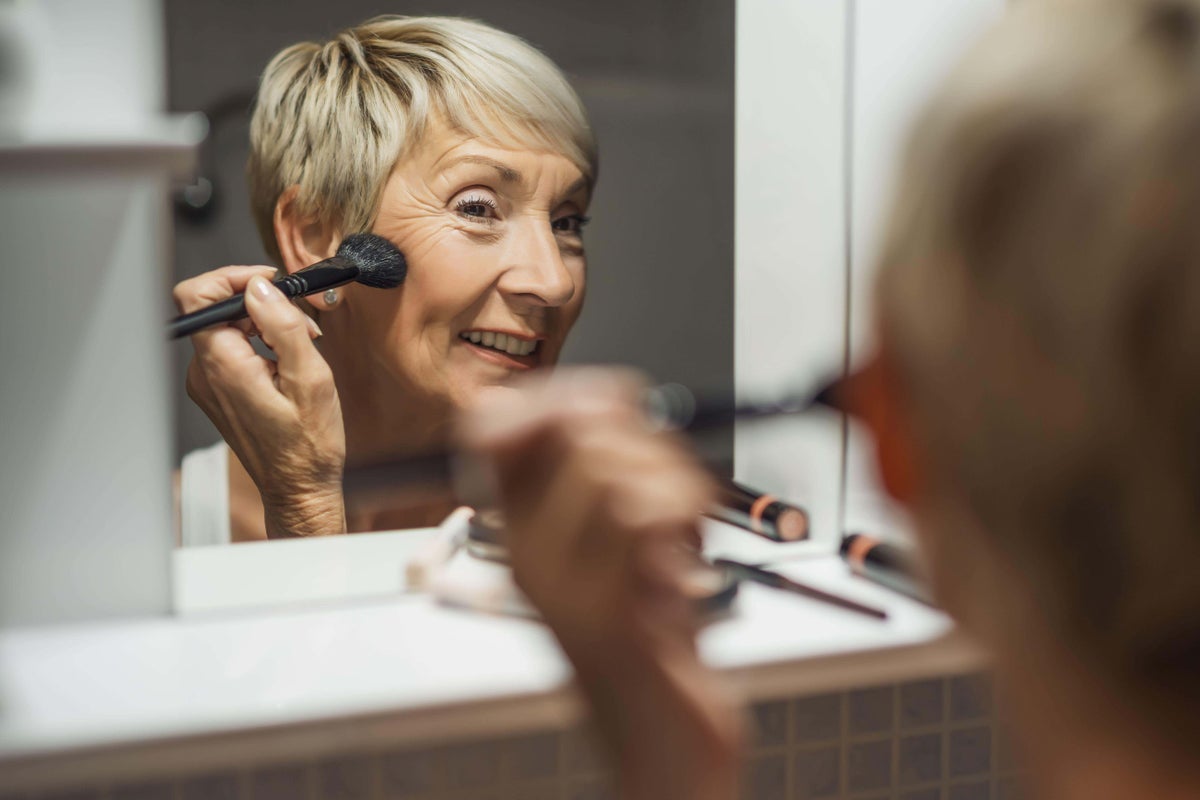
By your 50s, the familiar rituals of make-up can start to feel like they’re working against you.
Products that were once your staples now don’t sit right and the techniques that served well in your 20s no longer give the same results.
Yet as several leading beauty experts point out, the secret to great foundation after 50 is not giving up on make-up – but approaching it differently. So, we hear how you should really be applying your foundation and what techniques will give you the perfect finish.
Get to know your skin
As we age, so does our skin, whether that be more wrinkles, deeper pigmentation or reduced hydration.
Getting used to these changes is crucial to adapting any beauty routine. Make-up, after all, is as much about how we feel as how we look.
Make-up artist Ruby Hammer MBE reminds us that the goal is not to chase what we once had, but to appreciate what’s here now. “Get comfortable with your own reflection, looking into a mirror and reacquainting yourself with your features. Concentrate on what is in front of you now, don’t lament what you once had,” she says in Katie Taylor’s Midlife Matters.
For Hammer, the true culprit isn’t wrinkles: “Wrinkles aren’t the element that let down your face, they show you have lived, it is the tone and pigmentation: an even skin tone looks radiant and healthy.”
Prepping is everything
Make-up artists will tell you this until they’re blue in the face, but before a drop of foundation is applied, skin preparation makes all the difference.
Skin therapist and founder of Crysallis Skin, Frankie Atherstone, stresses the importance of hydration as the base of good make-up: “It is all about ‘prep ahead’ in your 50s – and foundation should be thought of as the last step in your skin routine.”
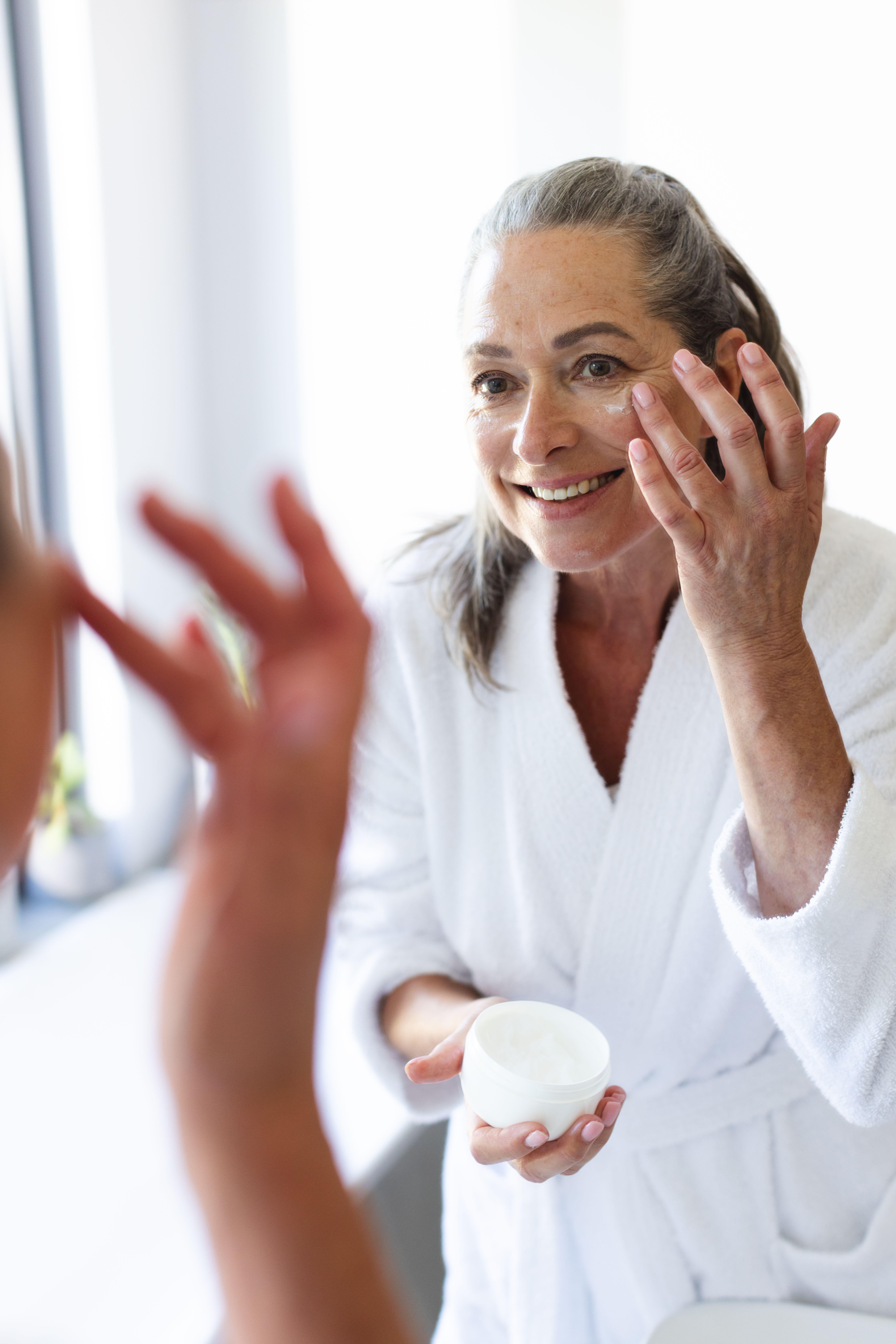
She explains that lower oestrogen during menopause leaves skin “so much more dehydrated and tighter”, which is why products such as a hyaluronic serum, a peptide-rich moisturiser and a mineral-based SPF are essential.
SPF is crucial to help maintain hydration. Sun exposure is one of the key causers of hyaluronic acid breakdown – a molecule that is naturally present in our skin – which means over time this hydrating enzyme depletes.
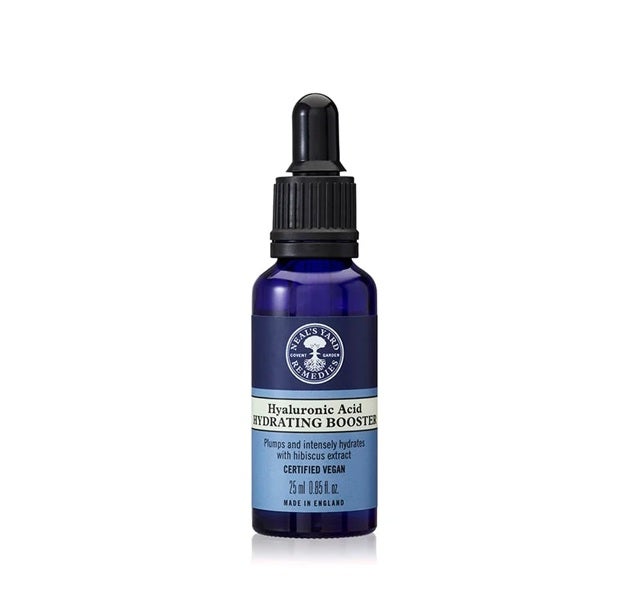
Neal’s Yard Remedies Hyaluronic Acid Hydrating Booster, £22.40 (was £28)
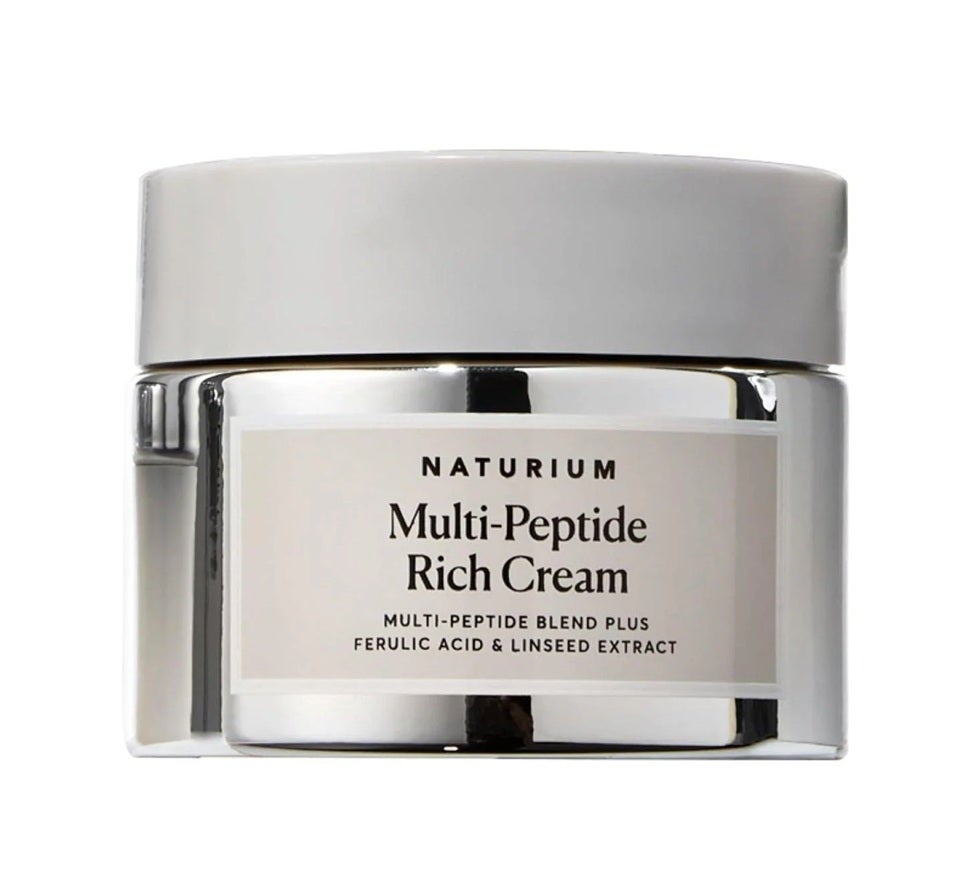
Naturium Multi-Peptide Rich Cream, £27, Space NK
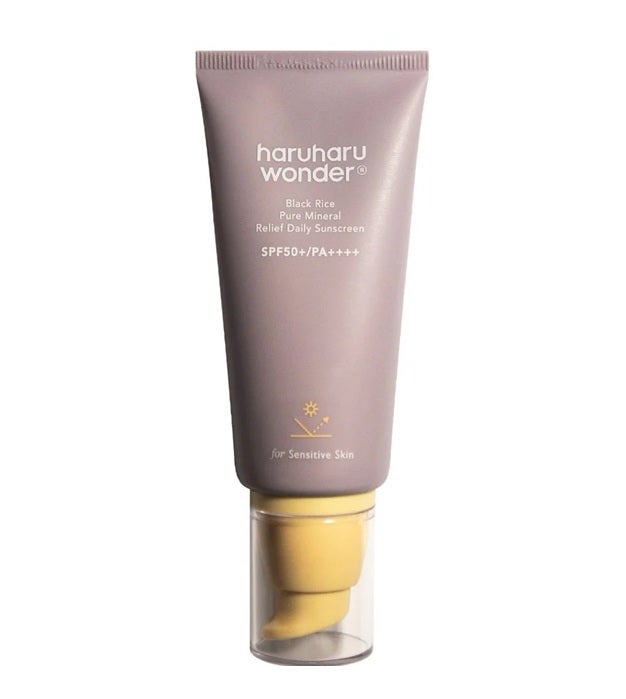
Haruharu Wonder Black Rice Pure Mineral Relief Daily Sunscreen PA++++ SPF50+, £12.26 (was £15.95), Just My Look
Less is more
Over-application is where many go wrong.
“The most common mistakes I see are usually around using too much make-up, when in fact we need to use make-up more sparingly as we age,” says Hammer.
The same applies to formula: Atherstone warns that “heavy, matte bases tend to settle into lines. They can have waxes and heavy pigments in them, as well as alcohol, talc, kaolin [and] starch, which can be further dehydrating” whereas lightweight options with hydrating ingredients sit more comfortably.
Founder of VEXA Beauty, Sabah Karimi, agrees that “once you’re over 50, the focus of your make-up should shift from heavy coverage to creating a smooth surface […] Lightweight, buildable formulas work best, as thick layers of product can settle into fine lines.”
If you’re finding getting full coverage difficult without making it cakey – the experts suggest using a tinted SPF or BB cream as your base, then following up with small layers of concealer on pigmented areas.
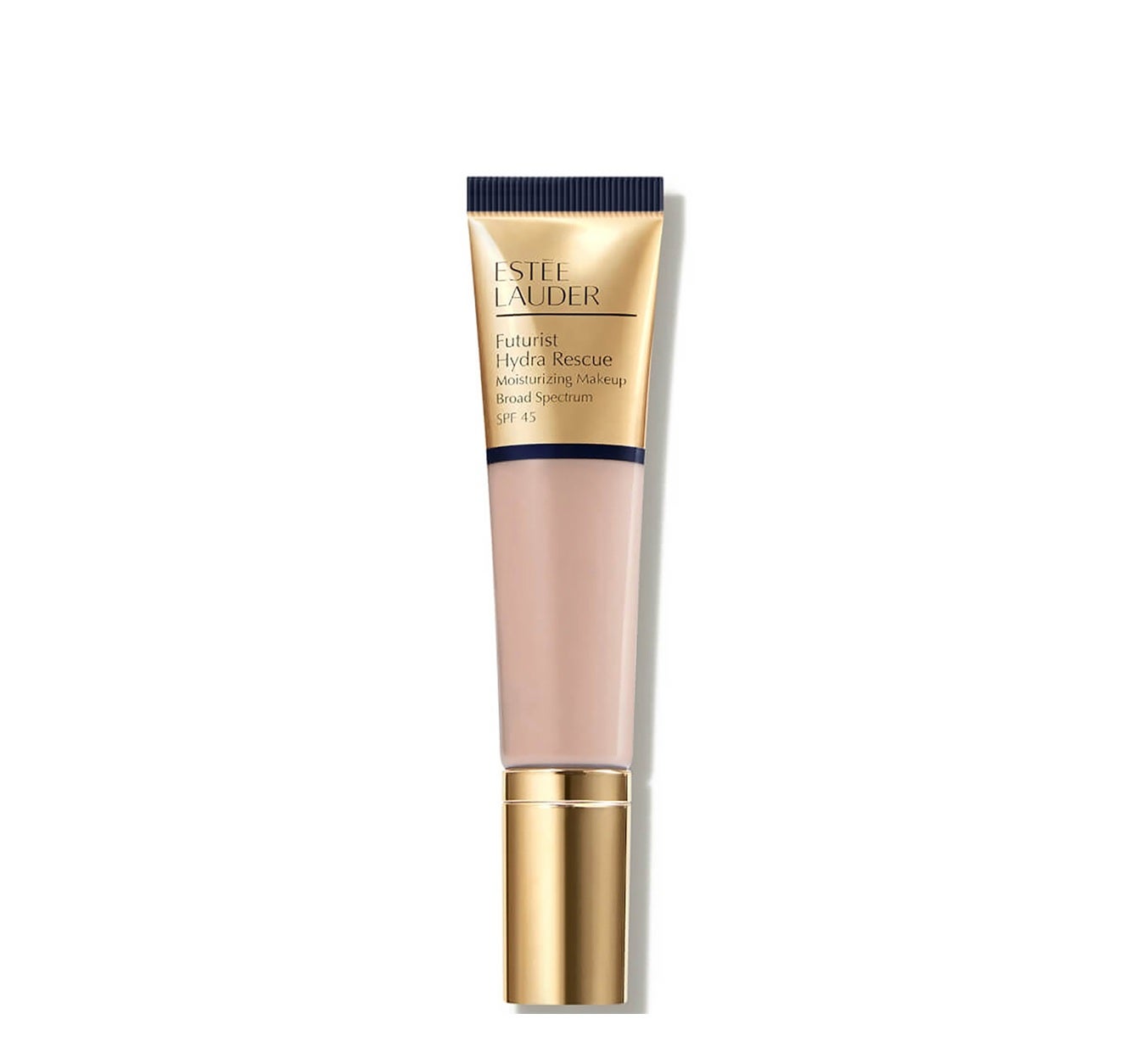
Estee Lauder Futurist Hydra Rescue Moisturizing Foundation SPF 45, £33.60 (was £42)
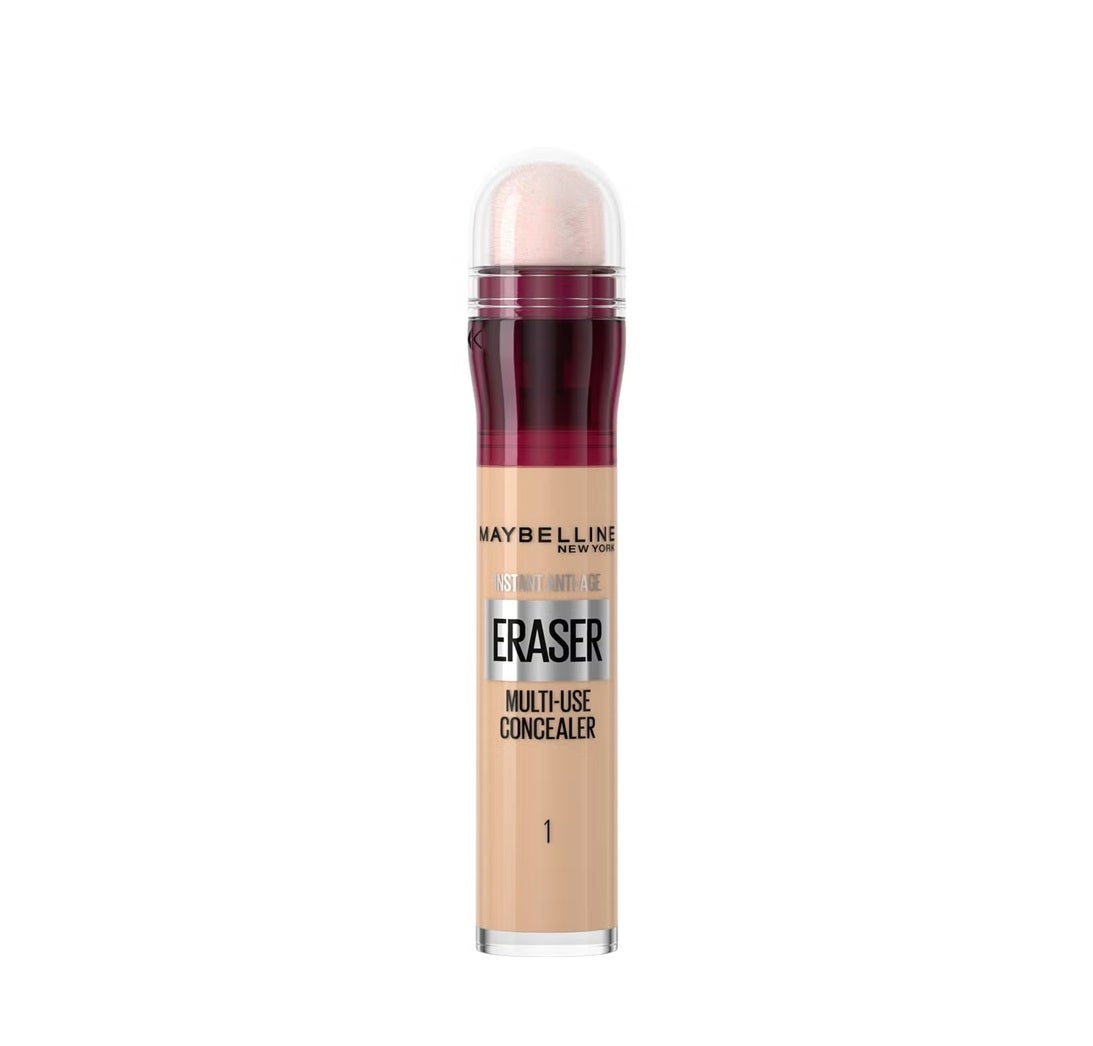
Maybelline Instant Anti-Age Eraser Concealer, £7.99 (was £9.99), Look Fantastic
How to apply your foundation
The way foundation is applied can be just as important as the products themselves. “Like goes on to like, and blend,” advises Hammer – i.e. cream over cream, powder over powder, and above all, “blend, blend, blend!”
Atherstone favours starting with fingertips before perfecting the finish with a brush. As this helps melt the product into the skin, as opposed to placing it on top, which can emphasise the appearance of fine lines that the product settles into.
But whichever tool you prefer, it should be kept clean. “If your brushes are dirty and full of oil, dead skin cells and product build-up, it can affect the flexibility of the bristles and therefore how they work,” explains Benjamin Moffatt, MD of IsoClean.
So whether it’s your fingers or a brush, it should be kept clean to ensure a smooth application. And when it comes to sponges, the experts advise against them, as they provide a fuller coverage and can risk making mature skin appear cakey.

Refy Duo Brush, £20
Dealing with fine lines
Fine lines are inevitable, but they needn’t dictate how make-up sits.
Cosmetic doctor Dr Ed Robinson explains why foundation can sometimes appear to sink into creases: “We lose volume in our face in terms of our fat pads, our muscle bulk and bone structure […] We also see a reduction in our skin quality, which is usually mediated by the loss of collagen and elastin.”
While in-clinic options such as Botox, micro-needling or radio frequency treatments can help, increasing the hydration in your prepping products can also reduce the effect.
Atherstone advises using “a primer that is hydrating or blurring rather than mattifying” to keep skin smooth.

e.l.f. Hydrating Face Primer, £11, Superdrug
I’m a skin cancer researcher. Here are 16 things you should know
How to revive your feet from the sun, sweat and sand of summer
The hot sun can wreak havoc on skin. Here’s how to undo the damage
Three secrets to styling capri pants as the trend dominates the high street
What Fashion Month has in store: New York, London, Milan and Paris
How to build a cool but professional workwear wardrobe, according to stylists







